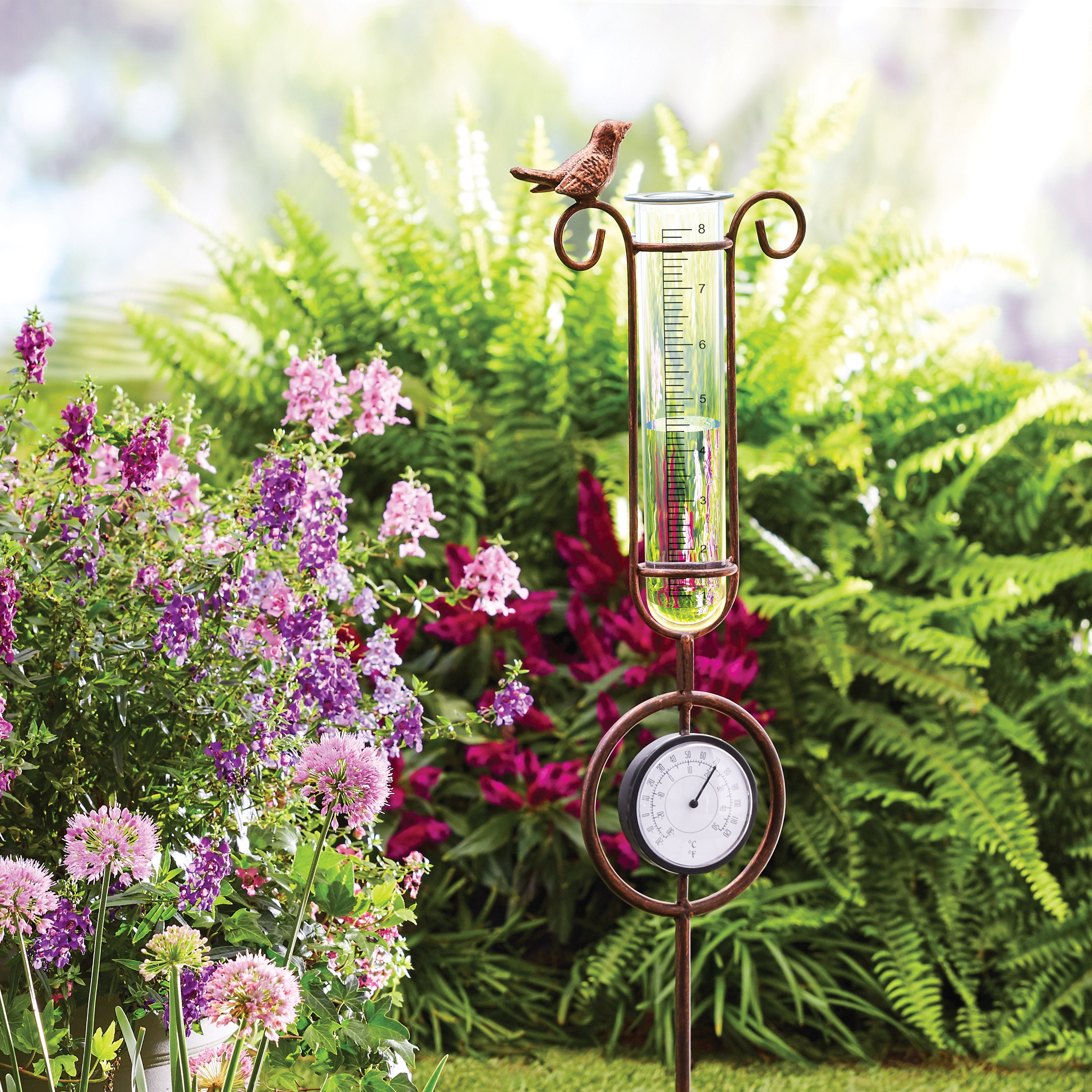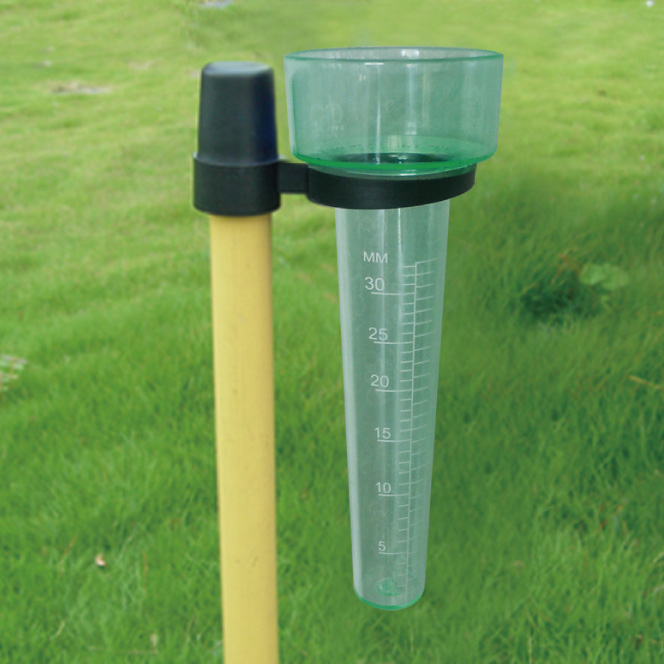The Rain Gauge: An Essential Device for Monitoring Precipitation Levels
Wiki Article
Do It Yourself Rainfall Gauge: Basic Steps to Make Your Own
Are you thinking about tracking rains in your location? Creating your very own DIY rainfall gauge is a straightforward and reliable method to gauge and tape rainfall. With simply a few common products and some basic steps, you can conveniently build your very own rain scale in your home. In this overview, we will supply you with a step-by-step process to aid you produce your very own rain scale. No demand for any specialized expertise or equipment - this task can be completed by any individual. By following these basic guidelines, you will have a reputable device to measure rains and add to your understanding of the regional weather patterns. Let's get begun on making your DIY rainfall scale today!Gather Materials
To begin creating your DIY rainfall scale, gather all the essential materials making use of a detailed listing of things. Having the best products on hand will make sure the successful development of your rainfall gauge and permit for accurate measurements of rainfall. Collecting these materials in advance will certainly improve the building and construction process and make sure that you have every little thing you need to produce your very own DIY rain gauge.Prepare the Container

Mark the Dimension Increments
To precisely measure the quantity of rains, precisely marking the dimension increments on your do it yourself rain gauge is necessary. Without clear and exact markings, it would be hard to figure out the exact quantity of rainfall collected in your rain scale. Below are the steps to note the dimension increments on your rain scale.The most common systems for measuring rains are millimeters and inches. When you have actually chosen the device, use a long-term pen or water resistant paint to note the increments on the side of your rain scale.
When noting the increments, it is very important to make certain that they are evenly spaced and clearly noticeable. Use a ruler or gauging tape to ensure precision and uniformity. Additionally, ensure that the markings are immune to fading or rubbing off, as direct exposure to the components might create them to deteriorate over time.
Place the Rain Gauge Outdoors
The rainfall gauge should be positioned outdoors to properly accumulate rains information. The place selected for click here to read the rainfall gauge need to be free and open from any obstructions that can possibly influence the dimension of rainfall. The Rain Gauge.Furthermore, it is critical to place the discover this rainfall scale on a steady surface, such as a degree ground or a strong message. This will certainly stop any kind of activity or tilting of the gauge, which can lead to unreliable dimensions. It is likewise suggested to avoid placing the gauge near any type of sources of synthetic water, such as lawn sprinklers or drainage systems, as this might disrupt the precision of the dimensions.
Display and Document Rainfall Data
Routine monitoring and recording of rainfall information is crucial for exact data analysis and analysis. By monitoring rains dimensions, you can gain important understandings into weather patterns, environment fads, and water source management. To properly keep an eye on and record rains data, it is vital to establish a regular and preserve constant methods.To start with, make certain that your rain scale is positioned in an open location away from challenges such as trees or structures that may obstruct rainfall. In addition, see to it the rainfall scale is level and firmly anchored to avoid any motion that can affect the precision of the dimensions.

When taping the rains information, it is very important to note the date and time of each measurement. Utilize a leader or a gauging adhere to determine read this post here the rains deepness in the rainfall scale, and document this information accurately.
To make certain the precision of the dimensions, it is suggested to empty the rain gauge after each recording. This will certainly avoid any overflow or evaporation from affecting succeeding dimensions.
Verdict
To conclude, creating a DIY rainfall scale is a useful and simple means to keep an eye on and tape-record rains information (The Rain Gauge). By following the actions described in this article, you can conveniently gather products, prepare the container, mark the dimension increments, and place the rain scale outdoors. Frequently keeping track of and recording rains data can supply important details for different objectivesHaving the best products on hand will make certain the successful creation of your rainfall gauge and enable for exact measurements of rains.To accurately determine the quantity of rainfall, properly marking the measurement increments on your Do it yourself rain gauge is important.The rainfall gauge must be placed outdoors to precisely collect rains data. The area chosen for the rainfall scale must be open and cost-free from any obstructions that could potentially impact the measurement of rainfall.In verdict, developing a DIY rain gauge is a sensible and straightforward means to monitor and tape-record rainfall data.
Report this wiki page